Earlier this month, Offline, a new, brick-and-mortar gallery created by digital marketplace SuperRare, opened the evocatively titled group exhibition, “Mythologies for a Spiritually Void Time.”
While Offline did a soft launch in April, the current exhibition is the first open to the public, and it has been accompanied by a week of performances and talks to celebrate. It’s all part of what gallery director Mika Bar-On Nesher hopes becomes an ongoing IRL community space for digital artists, their collectors, and the wider community of digital art enthusiasts..
“People are almost shy to say ‘digital art movement,’ but I’m proud of it because there are real pioneers,” Bar-On Nesher told ARTnews in a recent interview. “There are many artists who are proudly working with digital tools, and they deserve to be, first of all, honored—because this is not something that was invented in 2020.”
“Mythologies,” which runs through July 25 at 245 Bowery in New York, marks something of a turning point for Offline, as it features 15 artists whose work encompasses painting, animation, sculpture, bio-art, and networked media, rather than solely work that lives on a screen. For Bar-On Nesher, Offline is about expanding the boundaries of what is considered digital art.
“There are a lot of misconceptions about digital art—that it doesn’t involve the artist’s hand. But the artist must have a vision or something to express. All this technology, from what I’ve seen, is just a set of tools,” she said. “When people come in and see these digital practices embodied through sculpture, dance, painting—it honestly feels like there’s so much to explore.”
ARTnews spoke with Bar-On Nesher by video conference to talk about the development of digital art after the post-Covid NFT boom, why digital art feels “honest” in an increasingly online world, and how Offline can point audiences toward a new relationship with technology.
This interview has been edited and condensed for clarity and concision.
ARTnews: You’ve described Offline as an “interdisciplinary art space.” Why did you feel it was important to stake out that identity, and how does it diverge from SuperRare’s origins as primarily a platform for NFTs?
Mika Bar-On Nesher: It’s a big question because I’ve been part of the digital art movement for a long time. I curated my first digital artwork back in 2016, and I remember it was almost a hilariously existential moment where I was like, “Do I print it? Do I put it on a screen?” There were all these limitations around how to display, how to talk about digital art. That has changed since then, obviously. The post-Covid, NFT-crypto culture peak was dramatic and insane and brought together very unlikely people from all over the world who shared a sensibility of doing things differently. That was very cool. I was personally very drawn to the royalties and the provenance possibilities of blockchain. Those were things that were blatantly missing from the traditional art world, in my view. And now, we’ve come to a place where technology moves really fast. People don’t remember things. ChatGPT has only been with us a very short while, and it’s already transformed the way we do so many different things.
To have a gallery that’s dedicated to digital art without hiding the use of digital tools—there’s a lot of taboo around it—is unique. A lot of artists don’t want to be affiliated with NFTs or with the 2022 NFT boom because it was a moment of hype that has passed. Offline is really about showcasing the most cutting-edge artists and technologies, because things are changing fast. At our previous exhibition, in June, we showed holograms and animations. And for that exhibition, the work was physical. At the opening, people kept asking, “Are you going to keep doing this? Or are you going back to screens?” I remember saying, “I truly don’t know,” because things are changing so fast and we want to actually reflect what’s happening in real time.
A downside of the 2022 NFT boom was that NFTs and digital art became lumped together. But an upside, perhaps, was that many people were onboarded into seeing this kind of work for the first time—often in its native online context. What then do you see as the value of creating a physical space for it?
People are almost shy to say “digital art movement,” but I’m proud of it because there are real pioneers. [British artist and designer] Brendan Dawes just released a documentary on Brian Eno [with filmmaker Gary Hustwit] that is a new kind of generative film. There are many artists who are proudly working with digital tools, and they deserve to be, first of all, honored—because this is not something that was invented in 2020. That’s one thing. But the second is that I find the digital art movement no different from any other art movement in the sense that every movement comes in cycles of hype and dismissal. People think this is new, but it’s actually a pattern we’ve seen over and over again.
What’s so cool is that every art movement challenges what art is, and the way we define it changes through generations and decades … I think back to the Minimalists a lot—how when they fabricated their massive pieces the artist’s hand was invisible. These pieces were so big galleries had to expand to accommodate them. The white cube is fairly new. That’s not how art was always displayed. I’ve always been someone who’s not afraid to go into the new, into the cringe, into the evolving. I love that meme of artists and collectors—the two economies. A good gallery or art space is able to encompass both.

Yaloo’s
Is the goal to situate digital art within the white cube? Or are you imagining how to break out of the traditional gallery format and remake the space in a way that makes more sense for digital art?
The gallery model we know is falling apart. We see that with so many gallery closings. But there are so many systems in our world that are shutting down or rearranging. I can’t sugarcoat it—we’re living through a pretty difficult decade. We have to have spaces that show art that’s relevant to what’s happening. We live in a digital world. People have entire digital lives. Many live double lives online. Dentists use AI. Just in the last year, so many people have started using ChatGPT.
I’ve been an AI nerd for a long time, so it’s funny to see everything enter the mainstream. It’s tricky to say we’re a gallery that specializes in digital art because I would also be very open to showing painters whose work is informed by digital practices. Essentially, the way I look at it is that digital art is contemporary art because we live in a digital world.
At this year’s Art Basel Hong Kong, several galleries were showing physical works—produced by the hand of the artist—that embedded AI in some way. One of the more interesting things happening now is how artists are blurring the lines between man and machine and trying to find synthesis.
There’s this quote from Brian Eno about the relationship between art and new technology: “Whatever you now find weird, ugly, uncomfortable and nasty about a new medium will surely become its signature.” The idea is that clever artists take a new technology, flip it, and use it to create something else.
I’ve always felt that art and technology are not very different. Reality is a matter of habit. At one point, paper was a new technology and people no longer had to memorize things or carve in stone. People are so afraid of technology. They’re always afraid of the new, which brings me back to these cycles of hype and dismissal that all art movements experience.
The reason people fear the new is that it alters their sense of time—how long something takes—and that changes their sense of reality. For example, AI can cut down production time, and then it changes the whole concept of work. It shifts our sense of time, space, and reality. Art does this too, in an amazing way. That’s why I’ve always felt the two were actually very connected. I never felt there was much dissonance between the two practices. A lot of technologists are very creative, and a lot of artists are very technical or technological. Offline is about collapsing binaries, which is something we need more of in the world right now.
After the 2022 NFT boom, a lot of museums and galleries began resurfacing the long history of digital art. I’m thinking of recent exhibitions for Vera Molnár at the Centre Pompidou in Paris or Harold Cohen’s AARON at the Whitney Museum in New York. Do you see building historical scaffolding around digital art as a core part of the gallery?
Yes. It’s very important to me to show both the pioneers and the brand-new voices. I really love honoring a tradition—the roots of it. The NFT craze was really strange in a lot of ways. It was a wild thing to ride out. The positive side is that it brought digital art to a place where people couldn’t look away from it.
There were obviously pros and cons, but one thing I found interesting was that it created a new class of collectors—specifically people who wanted to buy digital art—that hadn’t existed before. I’m not sure how many times in history we’ve seen the birth of a brand-new class of collectors. Also, a lot of artists who were buried in day jobs as designers were liberated to become full-time artists. That was new and exciting at the time.
I don’t really look at any of this as good or bad. Digital art has been around as long as we’ve had computers. We’re following a pattern of accepting our new realities as a whole.

X.S. Hou and Will Freudenheim, hallucinations on polycephalum I, 2025, physarum polycephalum slime mold grown on silk, pen plotter.
Offline is one of very few galleries focused specifically on digital art and treating it with seriousness. The gallery in a way has the ability to help define the boundaries of what is or isn’t acceptable within this space. How do you, as a curator, determine those boundaries?
There are a lot of misconceptions about digital art—that it doesn’t involve the artist’s hand. But the artist must have a vision or something to express. All this technology, from what I’ve seen, is just a set of tools. We’ve seen artists use literal garbage on the street as tools. We focus on showing artists who’ve been around for a long time, many of whom are pioneers, and we also show those breaking away from the screen—from what people think digital art should be. We’ve also shown some performance art, which most people don’t think of as digital, but really, every living artist is living in a digital world. Where does it break apart?
What made “Mythologies for a Spiritually Void Time” the right exhibition to launch the space publicly?
This exhibition was very unique because it had two guest curators, X.S. Hou and Jack Wedge. We wanted to put on an art festival. But it is a group show, and I really recognized their vision. With SuperRare, we’ve been shepherding and supporting some of the biggest digital artists, many of whom have gone on to work with incredible people. For this inaugural show, I really wanted to open the door to the new generation of digital artists and see what’s happening in New York, what people are making. Of course, we’re a gallery, and it’s a business, and we have other kinds of drops and shows. But I wanted to start with a celebration—because we’re living in a time when a lot of digital art people have always had secret lives. You had your online crypto life, then your normal gallery life. It’s an interesting time to collapse that.
In terms of how Offline operates: Are these selling exhibitions? How do you define success as a gallery? And how does the relationship with SuperRare work?
Obviously, sales are very important. Sales are important for artists. Our business is its own thing, separate from SuperRare, that we’re developing. SuperRare is a marketplace, and we’re very lucky to be associated with it. For this show specifically, all proceeds go to the artists. It was really just an invitation to celebrate and bring in new voices.
Going forward, will Offline stage shows at the pace of a traditional gallery—every six weeks or so—or are you imagining something different?
We’re not going to follow the traditional timeline. Some shows will be longer, some shorter, depending on the artist and the project. In the crypto or NFT space, things move really fast. So there are times we want to slow it down, and times we can keep up that pace. We’re looking to create a new type of model that brings people together and creates experiences. I don’t want to fit into the old mold necessarily, but I’m also not here to break the rules without understanding where we’ve come from and where we want to go. For now, the goal is to let people come in and have shared experiences—because technology can be very isolating.
So, if I understand correctly: Offline is an independent business supported by SuperRare, but you still need to sell work to stay relevant.
Yeah, we’re not just a showroom. We’re operating as a gallery. I suppose it’s a little unusual because the typical gallery model is either a commercial gallery or an artist-run space. There are lots of different kinds of galleries, but since we’re linked to a marketplace, this is really an extension of our curatorial vision. It’s also about creating a community space.
The other side is putting on music shows, performances, and other gatherings that bring people together. What makes us a healthy society is having art that reflects back what we’re experiencing to a certain degree. It’s very liberating to have that.

A view of the opening for “Mythologies for a Spiritually Void Time” at Offline Gallery.
There’s a lot of variety in the digital work being created. But do you see certain critiques of culture or technology that feel more powerful when presented in a digital context?
What I like about digital art is that a lot of it feels honest because it reflects the digital. We can’t escape the fact that we have digital experiences. We all have things that we experience in the world that are purely digital or are filtered through that.
It’s funny—we’re just now inventing the words to talk about digital art. There’s already so much language around painting and sculpture. Everyone knows what the terms mean. For digital art, writers, curators, and artists are still developing how to speak about it. It’s fresh in a way. That’s where we lean into the tradition of pioneers—artists who’ve been doing this since the 1970s and ’80s—and we look toward the future, to the kids doing insane stuff right now. The language is coming together, and museums are starting to collect and exhibit this work. But there was just so much taboo until very recently.
What do you think the institutional or contemporary art world still doesn’t understand about digital or crypto-native work?
They’re doing a good job—it’s just a slow integration. Digital moves fast, and institutions move slowly. That’s the dissonance we’re experiencing. Everyone’s doing their best to understand. Some of the concepts are very abstract. Do you remember trying to explain to someone what an NFT was? It was ridiculous. But it’s not so different from trying to explain conceptual art or Minimalism.
Artists are challenging reality as it is. They challenge how we think things should be. And thank God for artists who do that. If we didn’t have people willing to report back from places most sane people won’t go. We’re lucky to have them. They keep society healthy, and we need that right now. We need art that’s relevant, that’s truly contemporary.
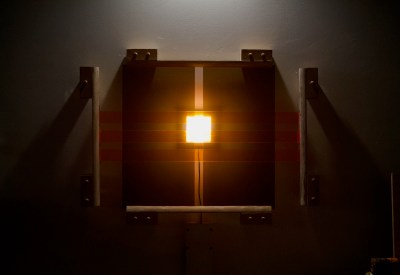
Thomas Ludacer, Sconce, Sconce, 2025, oak, acrylic, hardware.
You mentioned earlier that language is still being built around digital art. A lot of the critique of contemporary art is that academic language actually keeps people out—it’s alienating. Do you see this new movement as a chance to build something more accessible?
I really hope so. The art world we know isn’t very accessible. There are a lot of unwritten rules. It’s a complicated system. I often find that when a door opens for a new movement, a few artists go blue-chip and then everything closes again. There’s an opening and a closing. Even though I’ve seen a lot, I remain pretty optimistic that we can create art experiences that are accessible, profitable for artists, meaningful, and contemporary. Crazier things have happened.
You might be the only techno-optimist I’ve met in the last year.
That’s the funny thing. People are afraid of digital art. People are afraid of technology. People are afraid of AI because they feel threatened by it. But I have a lot of faith in humanity. People need people. We need artists. We need collectors. We need each other. Technology can make it feel like you don’t need to meet up—you can just text. Or you don’t need a therapist—you can talk to ChatGPT. But I’d argue it doesn’t have to be that way. You can have contemporary digital art and in-person experiences that are different. The crypto phenomenon and the digital art movement flipped a lot of things on their heads. That’s exciting.
The democratic promise of crypto.
There’s good and bad in everything. Every tool has a dark side. But there’s also a positive side to everything we do. Everything is complex. I guess I’m just on a mission to honor the pioneers, make room for new voices, and get people together around performance, music, and art. Synthesizers are technology, after all. You know what I mean? We need less fear—and more people coming together.



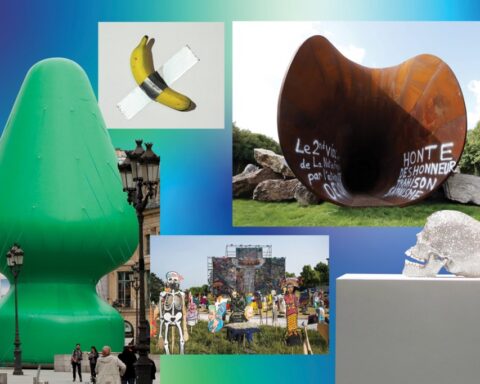

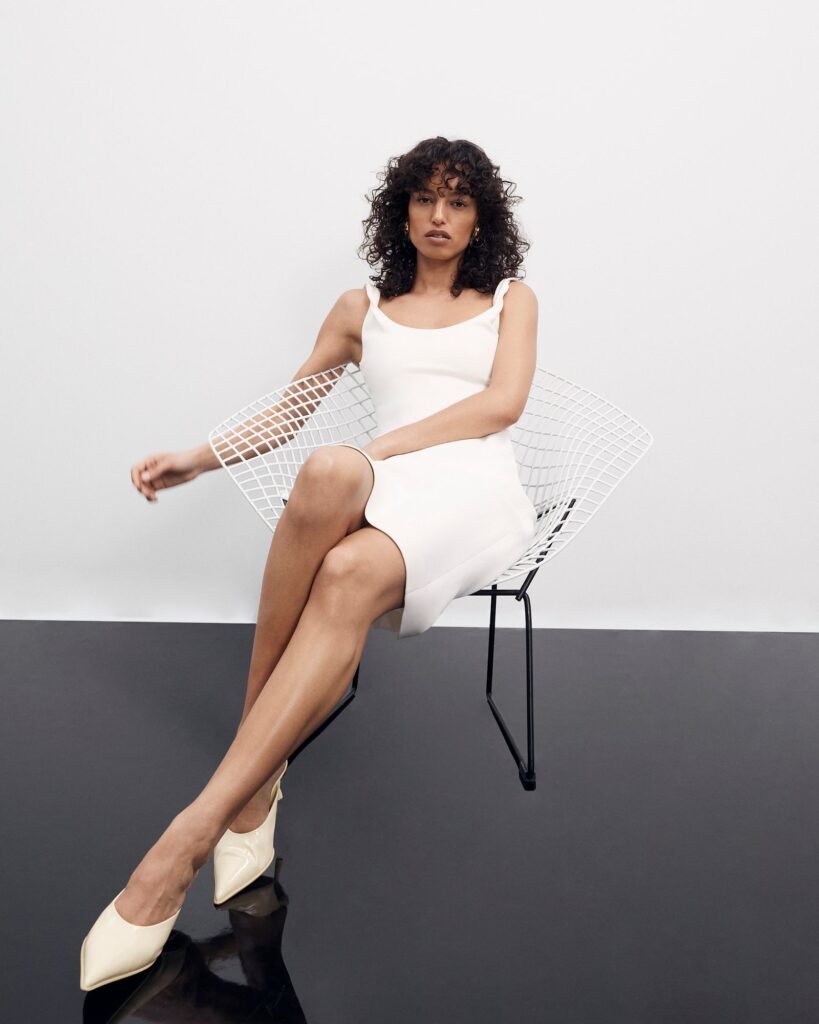
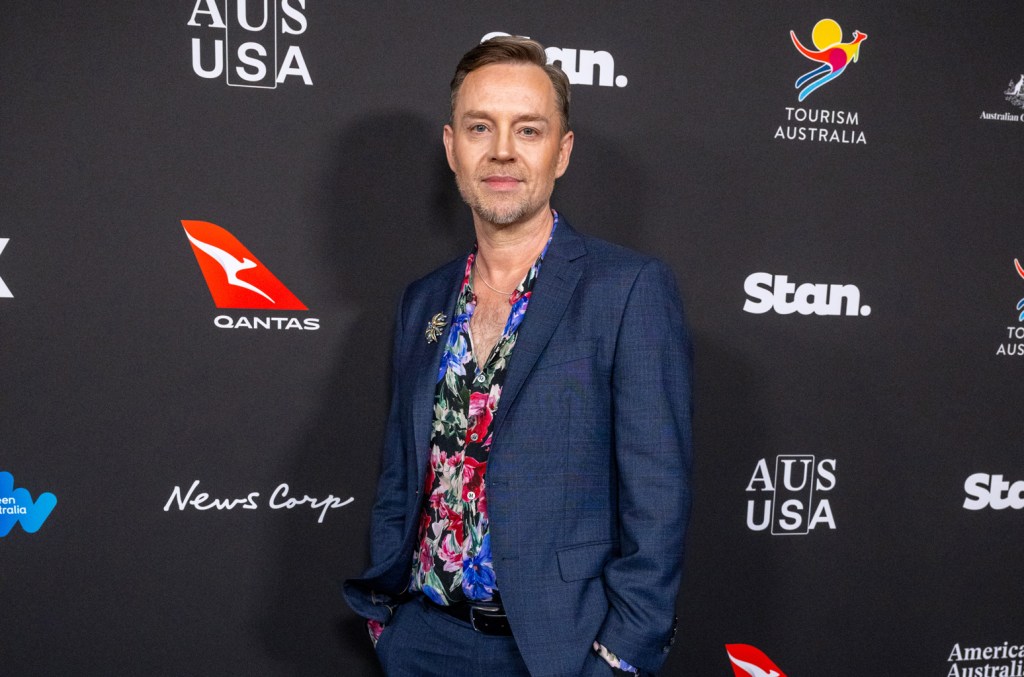
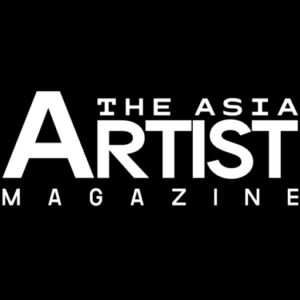
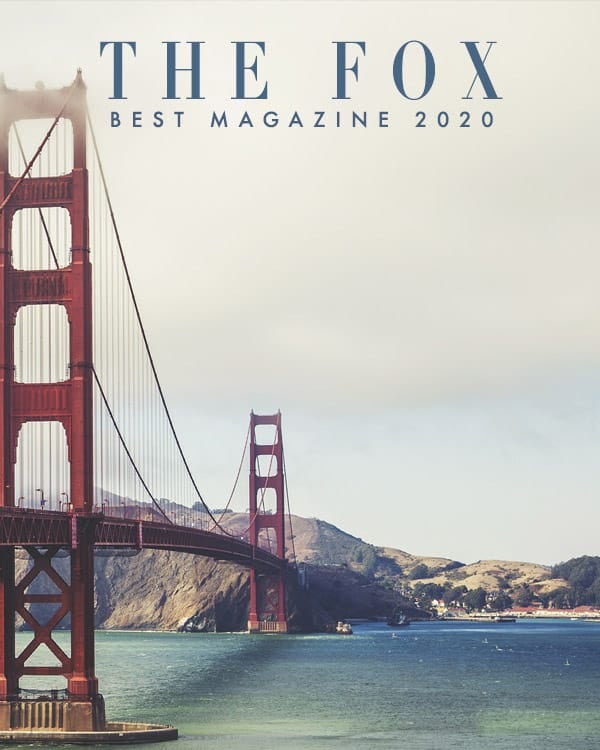
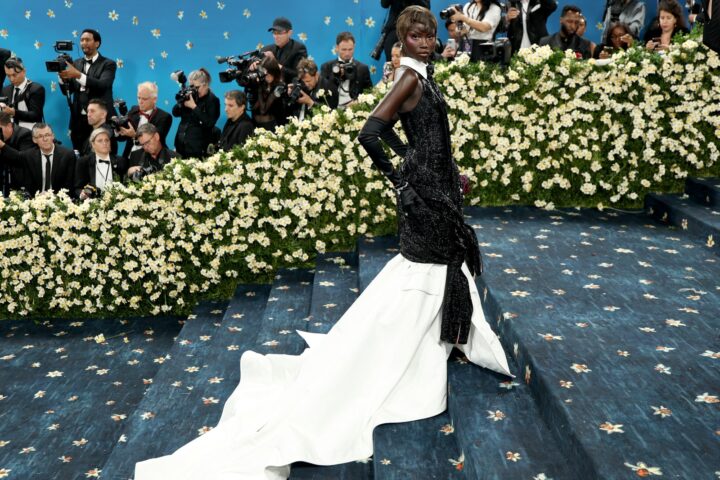
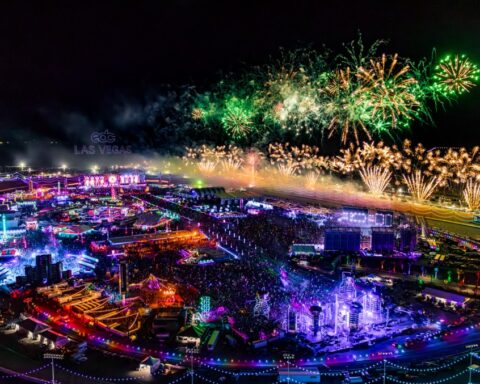
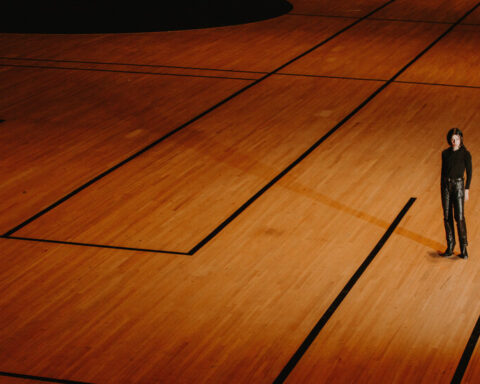


Follow Me